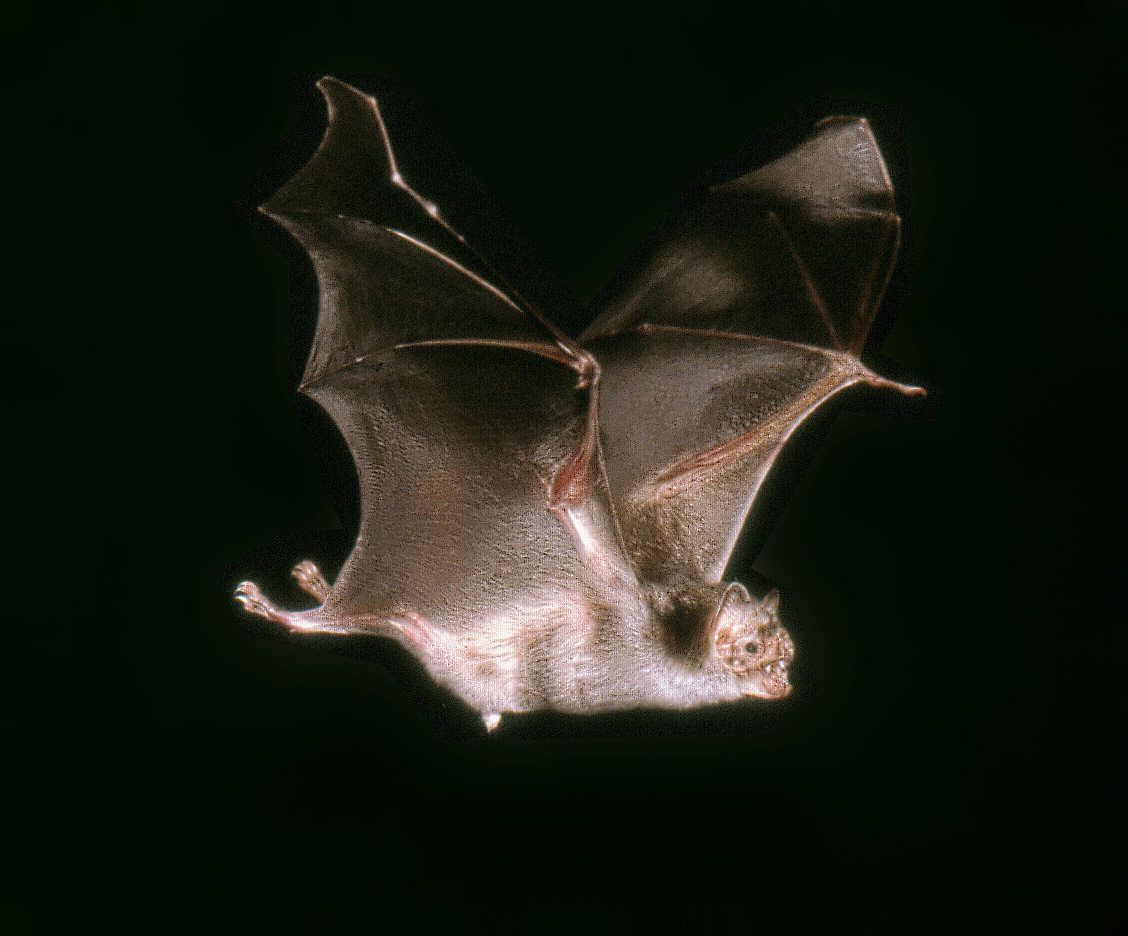Climate change may increase virus transmission between species
As the world warms, migrating animals could increase the risk of viruses jumping to humans
Over the next 50 years, at least 15,000 new cross-species viral transmissions are forecast to result from climate change, especially in Africa and Asia. In a study published today in Nature, researchers led by Colin Carlson at Georgetown University in Washington DC highlight the need to combine viral surveillance with assessments of migration patterns due to global warming.
As Earth warms, many animal species will be driven to more amenable environments, and will take their parasites and diseases with them. Species that previously had no contact with each other will then increase the risk of novel 'zoonotic spillover': the transmission of pathogens between animal species.
Carlson and his colleagues looked at how the geographical ranges of nearly 4,000 species could change in response to various climate scenarious, and with a model of virus sharing among mammals predicted future opportunities for cross-species transmission in a large subset of the species studied.
Under a 2C warming scenario, new virus sharing events are forecast to be driven largely by bats, which are likely to harbour viruses with a high chance of crossover to humans.
The study authors note that climate-driven shifts in hotspots for viral evolutions may already be happening, and suggest that climate change may soon become the dominant driving force in disease transmission from wild animals to humans.




